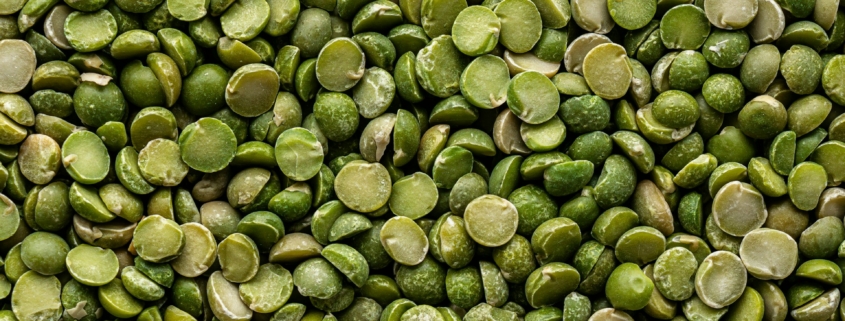Handling faba bean seeds with care is key to ensuring a successful crop. These seeds, while robust, require specific attention from selection through to post-harvest. Understanding the nuances in handling them can lead to thriving fields and bountiful harvests. Whether you’re a seasoned farmer or someone new to grain and seed farming, mastering seed handling can make all the difference.
For those in the farming business, the secret to strong yields starts with the seeds. This article delves into identifying high-quality faba bean seeds, effective preparation methods, and strategic planting techniques. By offering practical advice, we aim to set you on the right path to achieving the best results with your faba bean crops.
Selecting the Right Faba Bean Seeds
Choosing the best seeds is perhaps the most important step in the process. The quality of the seeds impacts germination and ultimately, your harvest. To find high-quality faba bean seeds:
– Look for seeds that are uniform in size and have no visible damage.
– Prioritise seeds with a high germination rate. This ensures a strong start as they take root and grow.
– Check the vigour of the seeds, which relates to the seed’s potential to grow under various conditions.
The importance of seed purity cannot be overstated. Purity means the seeds are free from contaminants and other plant materials that can deter growth. This purity aids in achieving a consistent crop that performs well under diverse conditions. When seeds have high purity and germination rates, farmers are more likely to see robust crops that withstand environmental challenges.
Understanding these fundamental aspects will guide you in making informed decisions about which seeds to invest in to ensure healthy growth and optimal yield.
Preparing the Seeds for Planting
Getting your seeds ready for planting is a step that can make or break your crop. Effective pre-planting preparation can protect seeds from pests and diseases while encouraging healthy growth. To start, treat your seeds with the right seed chemical applications. These treatments safeguard seeds and improve their resistance to common issues.
Next, think about storage. Store your seeds in a dry, cool area to maintain their viability. Humidity and temperature can affect the germination ability, so controlling these factors is key. It’s also smart to check the seeds for any signs of mould or damage before planting.
By preparing well, you’ll lay a strong foundation for your crop to thrive. Everything you do before planting sets the stage for a smooth growing season and a rewarding harvest.
Optimal Planting Techniques
Picture planting as setting the groundwork for your crop’s success. Timing plays a big role, especially for faba beans. You want to plant when the soil is warm and ready. Aim for the mid-spring period, which typically offers the ideal conditions in Australia.
Digging deeper, let’s talk about spacing and depth:
1. Spacing: Give each seed enough room. Space them about 10-15 cm apart to allow for good air circulation.
2. Depth: Planting depth should be around 5 cm to ensure the seeds take root firmly.
3. Soil Conditions: Make sure the soil is fertile and well-drained. Avoid overly compacted or waterlogged soils.
Watering is another focal point. Keep the soil moist but not soaked, especially during the early growth phase. Faba beans need a balanced and gentle approach to nutrients. Providing the right amount, particularly nitrogen, can boost their development.
Using these methods will help you create a favourable environment, allowing your crop to grow strong and healthy.
Post-Planting Care
Once the seeds are in the ground, the journey to harvest is just beginning. The period immediately after planting is crucial. It’s important to monitor the germination and initial growth stages closely. Look for uniform germination, this indicates that your seeds were high quality and well prepared.
Keep a watchful eye on common issues such as nutrient deficiencies or early pest invasions. Early intervention can prevent bigger problems later. Implementing strategies like using pest traps or natural deterrents can help manage these challenges effectively.
Throughout the growing season, maintaining plant health ensures a productive harvest. Regular checks and timely interventions will keep your crop on track and growing optimally.
Keeping an Eye on Growth
It’s essential to maintain an ongoing awareness of your crop’s condition. This awareness lets you respond quickly to any changes or needs. Successful farming isn’t just about the seeds or the soil but includes tending to your plants with care and attention to detail.
Applying these thoughtful practices throughout your growing season supports a fruitful outcome and ensures that your efforts bring the most rewarding results.
Harnessing the full potential of your crop starts with proper seed handling and cultivation techniques. If you’re keen on enriching your farming practice with the best methods for faba beans, tapping into expert insights can be invaluable. Learn more about improving your growing season by exploring faba beans in Australia through Shepherd Grain and find out how quality seed handling can sharpen your strategy.



